As more and more of us have turned our backs on fibre, Kirsty Henshaw shows us how this unhealthy deficit is one that we should now look to rectify…
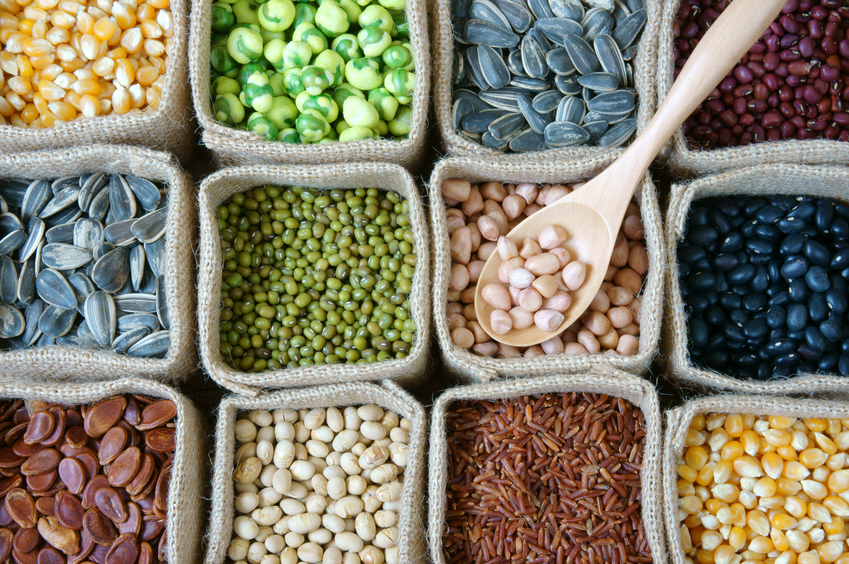
Fibre is all too often the neglected component of our diet. Although health and nutrition topics flood the media, covering everything from the demonisation of carbohydrates to the benefits of going gluten-free, fibre just seems to fall by the wayside. However, it turns out that the UK is now not eating enough fibre, averaging only 14g of the stuff a day, less than half the NHS recommended amount of 30g. In fact, it is estimated that 82% of the world’s population suffers from a fibre deficit.
So why is fibre so important? Fibre is essential for the digestive system, absorbing excess water as it passes through, therefore increasing the bulk of your waste. Getting enough fibre reduces the risk of heart disease, type 2 diabetes and some cancers (particularly bowel cancer), as well as helping control your weight and ensuring you stay, ahem, regular.
The UK has had a tempestuous history with fibre, at one point branding it as useless bulk, and so taking it out of foodstuffs to create ‘refined’ products. Fibre is also associated with carbohydrates, which are currently viewed as the villain food when it comes to weight management and nutrition. As more and more people cut carbs from their diet, they are forgetting to replace that all-important source
of fibre.
Fibre is actually a welcome ally in the fight against weight gain through the magic of satiety. Broadly speaking, it makes you feel fuller for longer, but without adding as many calories. Dietary fibre is found in plant-based foods like vegetables, nuts, fruit and grains – nutritious foods that do not necessarily always come paired with the dreaded carb!
There are two different types of fibre; soluble and insoluble. The latter moves through the body without being broken down, ensuring the smooth running of your digestive system. Soluble fibre can be digested by the body and has been shown to reduce cholesterol levels, reducing the risk of heart disease. Good sources of insoluble fibre include wholegrains, bran and other cereals and nuts. For soluble fibre, eat oats, fruit and root vegetables.
It can be difficult to get that all important fibre into the diet of someone with a gluten or wheat allergy or intolerance; a coeliac diet can naturally be low in fibre and whole grains due to the removal of the cereals wheat, rye and barley. However, there are plenty of alternatives:
Mushrooms
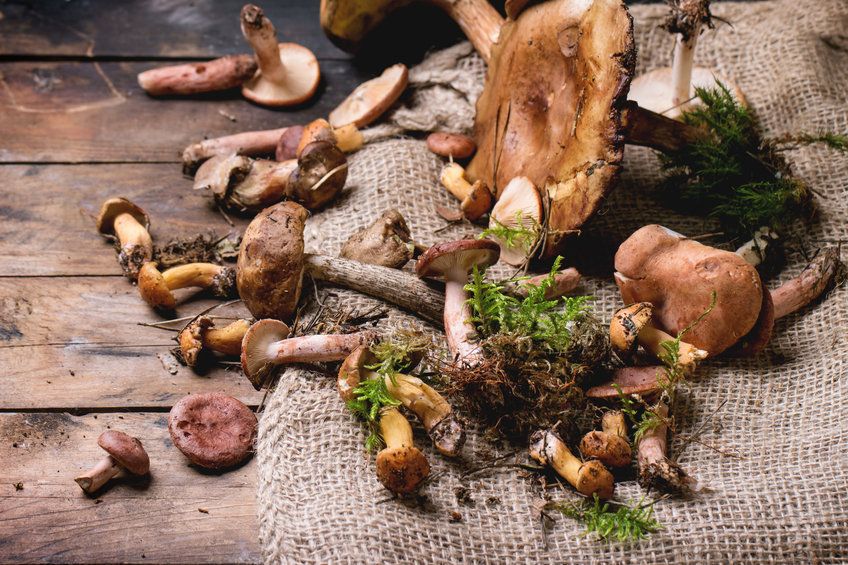
Mushrooms are full of chitin, a water-insoluble dietary fibre that makes up the cell walls of all fungi. Insoluble fibre is not metabolically active so it doesn’t contain calories, but it does add bulk to meals. Add mushrooms to stews, sauces and omelettes to stay feeling full.
Nuts
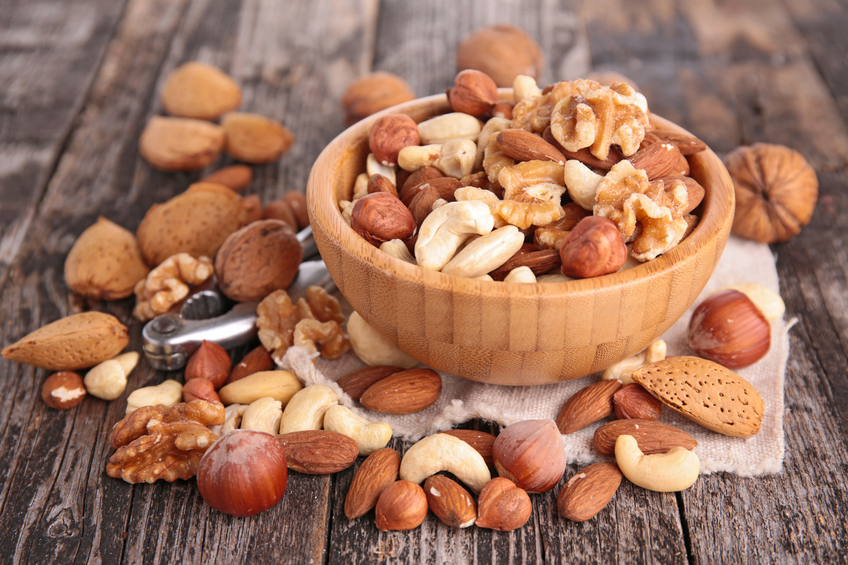
All nuts are high in soluble dietary fibre, which is dissolved and fermented in the colon. Of all nuts, almonds have the most fibre per 100g, so snack on them when hunger strikes to avoid the temptation of sweet snacks. You’ll also get the hit of vitamins B and E.
Legumes
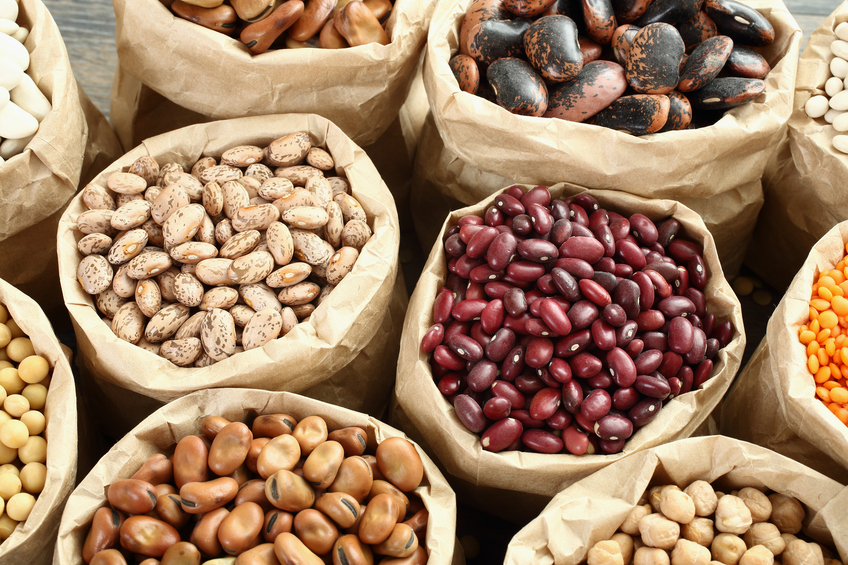
Beans, pulses and other crops in the legume family are low in calories but high in soluble fibre and decent amounts of protein. For example, 100g chickpeas contains around 7g fibre and peas are about the same, as well as containing other essential vitamins and minerals. Use them to bulk out soups, sauces and other main meals.
Sweet potatoes
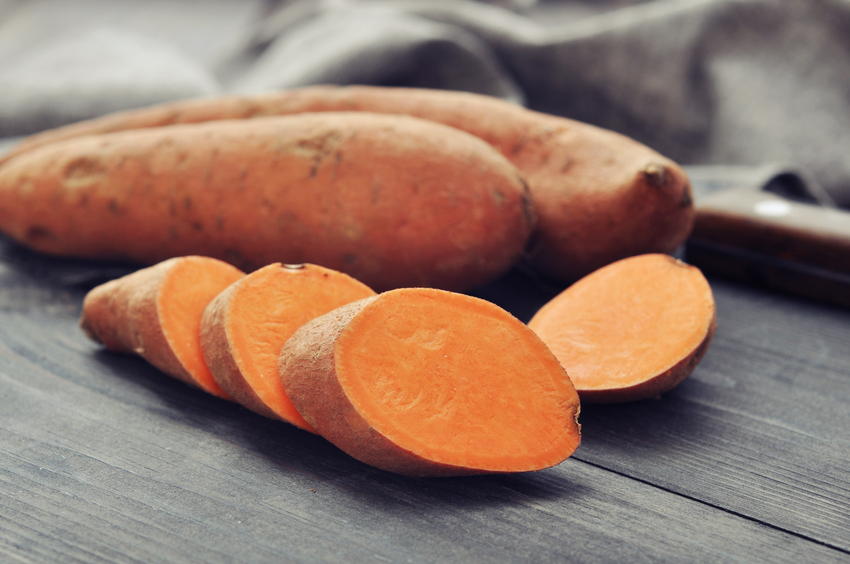
Most varieties of root vegetables are high in soluble fibre, while their skins are full of insoluble fibre, especially sweet potatoes and carrots. Cover chopped root veg and peppers in avocado oil and roast in the oven for a low-calorie, nutrient-dense side dish.
Potato
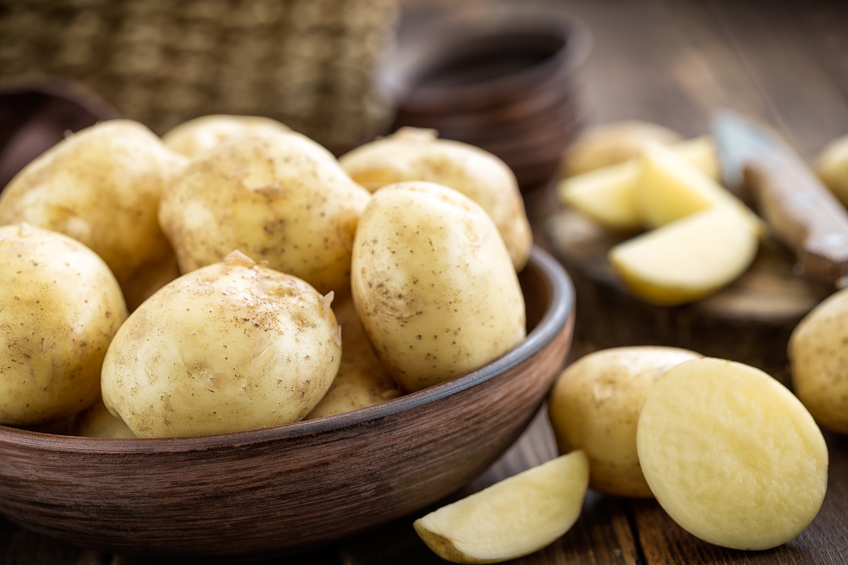
Even the humble potato offers a great source of fibre. A jacket potato with the skin left on provides 6g fibre. Add half a tin of baked beans (a fibre legend) for an added 7.4g.
Brown rice
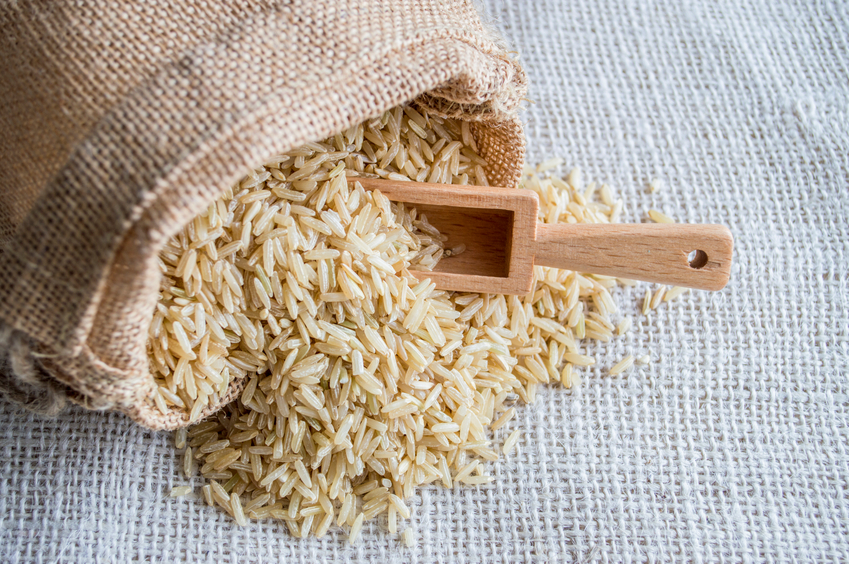
During the milling process of brown rice, only one layer of the rice kernel is removed, making sure it packs a nutritional and fibre double punch. The milling and polishing process of the white rice equivalent removes 90% of its vitamin B6 content as well as all its dietary fibre.
Raspberries and exotic fruit
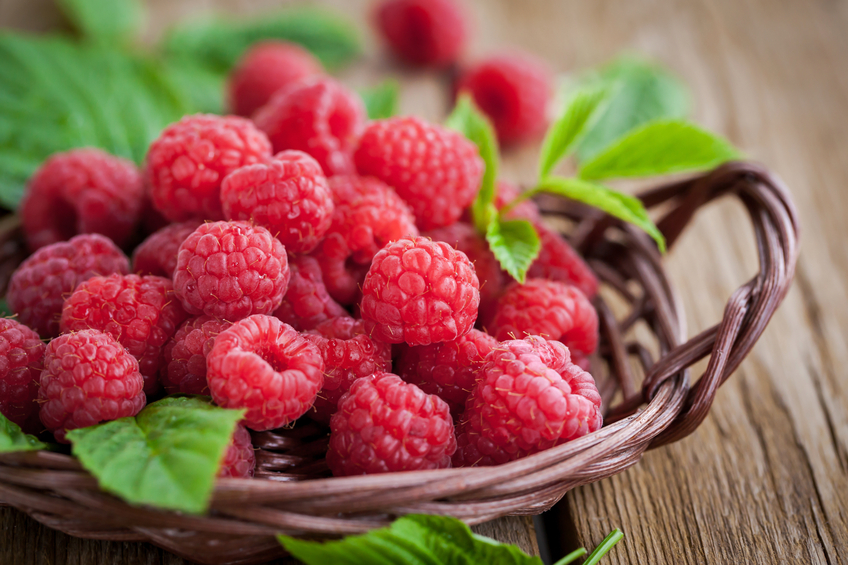
At 8g per cup, the raspberry wins the fibre race out of the classic British staples. Apples are also worthy contenders at 3-4g (but make sure you’re eating that skin). Exotic fruits such as the mango and guava have fibre contents of 5g and 9g respectively, so are an excellent addition to the weekly shopping list.
Benefits of fibre
Fibre-rich foods require chewing, thus stimulating salivation, enhancing stomach work and cleaning the teeth.
It also promotes the excretion of cholesterol and bile acids from the bod, while it slows the absorption of sugars in the blood from the intestine – especially important for preventing type 2 diabetes.
Fibre provides the normal intestinal function, hormone synthesis, normal B vitamins and other substance circulations, which are necessary for the functioning of the immune system.
Fibre is good for the gut bacteria, providing the normal work of intestinal micro flora.
There are a few guidelines to make sure you’re getting the right amount of fibre in your diet, but make sure you increase the amounts gradually. Going from fibre zero to fibre hero too quickly can cause cramps and bloating:
- Aim for at least five portions of fruit and vegetables a day – the more pips, pulp, and skin the better.
- Add fresh or dried fruits and berries to your salads and porridge. This will help you to increase the dietary fibre amount in your diet by another 2-5 grams.
- Add pulses, such as peas, beans or lentils and extra vegetables (fresh, frozen or tinned) to soups, stews, curries and sauces.
- Try gluten-free wholegrains such as amaranth, millet, quinoa, sorghum and teff.
- Choose naturally gluten-free foods, such as brown or wild rice and jacket potatoes with their skins.
- Opt for brown, multigrain or fibre versions of gluten-free breads, rolls, flour, pasta, pizza bases and crackers.
- Choose ‘wholegrain’ or ‘fibre’ rather than ‘white’ or ‘brown’ when you can.
- Opt for wholegrain/high fibre snacks throughout the day, such as a handful of apricots or figs, seeds or cereal bars.
For more information, visit www.kirstys.co.uk

